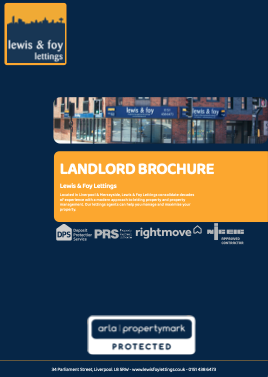As a property manager with years of experience, I understand the challenges and concerns that both landlords and tenants face regarding property maintenance. Damp is a prevalent issue in the UK, affecting numerous properties due to the country's climate and varied weather conditions. In this blog post, I aim to provide insight into damp issues and specifically highlight what tenants can proactively do to prevent and mitigate damp problems in their rented spaces.
Understanding Damp
Damp is a persistent issue that can manifest in various ways within a property, typically as condensation, rising damp, or penetrating damp. Condensation often appears as water droplets on windows and walls due to inadequate ventilation. Rising damp occurs when moisture moves up through the walls, while penetrating damp results from water infiltration through leaks in the structure.
Impact on Tenants
Damp can significantly impact the lives of tenants, affecting their health and well-being. It creates an uncomfortable living environment and can exacerbate respiratory issues, such as asthma or allergies. Besides health concerns, damp can damage personal belongings and furniture, leading to financial implications for tenants.
Proactive Measures for Tenants
- Ventilation is Key: Adequate ventilation is crucial to combat condensation. Ensure proper air circulation by using extractor fans in kitchens and bathrooms. Regularly open windows to allow fresh air to flow through the property.
- Manage Moisture: Be mindful of moisture sources. Dry clothes outside whenever possible, and if drying indoors, utilize a well-ventilated area or consider investing in a dehumidifier to manage excess moisture.
- Report Issues Promptly: If you notice any signs of damp, report it to the landlord or property manager as soon as possible. Early reporting allows for timely intervention, preventing the issue from exacerbating.
- Routine Maintenance: Take care of the property by promptly fixing minor leaks, addressing any broken seals or gaps, and ensuring proper insulation in windows and doors. This can contribute significantly to reducing the likelihood of damp issues.
- Communicate with the Landlord: Maintain open communication with the landlord regarding any concerns about potential damp issues. This ensures both parties are aware and can work together to address the problem effectively.
Conclusion
Tenants play a crucial role in preventing and managing damp issues in rental properties. By taking proactive steps to manage moisture, ventilate the property effectively, and promptly report any signs of damp, tenants can significantly contribute to a healthier living environment. Collaboration between landlords and tenants is essential in addressing damp issues, ensuring a well-maintained and comfortable home for all involved.
Location
34 Parliament Street - Liverpool
Date
13th November 2023
Author

William Lewis BSc (Hons) MRICS
Join Lewis & Foy Lettings
Are you a landlord looking for a trusted letting agency in Liverpool? We are proud to offer landlords a seamless, no-fee transfer process to join our esteemed portfolio. With a commitment to excellence, we provide tailored solutions and unparalleled service to meet your unique property needs. Contact us today to arrange a consultation and discover how we can elevate your letting experience.
Download our Landlord Brochure to learn more about our services and how we can assist you. You can also view our online portal here.





